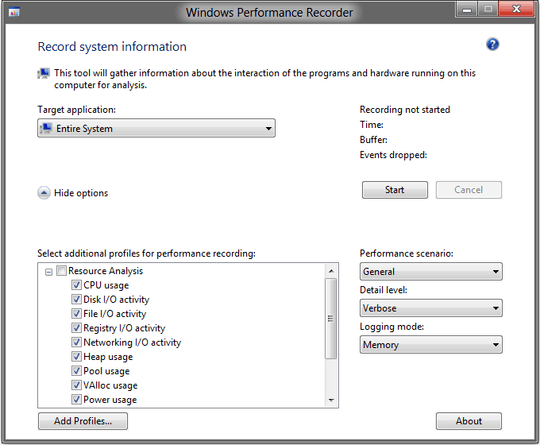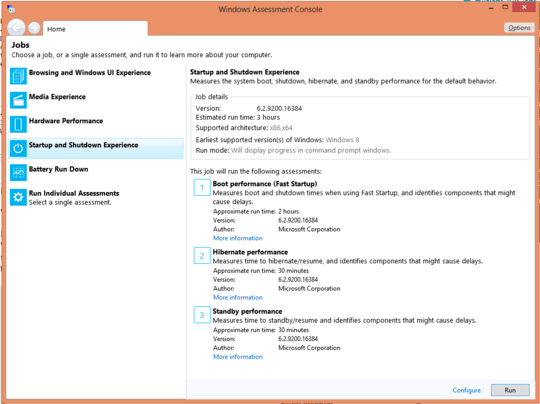7
2
My Windows 7 64 bit ultimate machine is extremely slow to restore from hibernation. It spends minutes on a black screen with a blinking cursor, longer than to restart. It is also glacially slow to start programs after startup. Once a program has started, it runs great. It used to be faster.
I've done all the usual things to speed up Windows:
- Defragmented the hard drive
- Checked the disk for errors and bad blocks
- Turned off unnecessary startup items
- Checked for viruses (just Microsoft Security Essentials, no other anti-virus)
- Turned off indexing
- Gave it plenty of memory (8 gigs)
- Uninstalled unnecessary programs
- Tried turning hibernation off, defragmenting, and on again
- Dusted out interior and fans
- Unplugged all other SATA devices
- Verified the drive is plugged into a SATA II port
- Switched the SATA II port
- Changed the SATA cable
I suspect the problem lies with the hard drive, a Western Digital Caviar Green 1.5TB (WD15EADS). The drive isn't exactly a screamer, but it shouldn't be this slow. In the Resource Monitor I see disk response times of 500-1000ms when loading programs. The drive is 75% full.
FWIW the "Windows Experience Index" is all above 7 except the disk which is 5.9.
Some more information... in the Disk tab of Resource Monitor, most of the active I/O processes are MsMpEng.exe.
Yet more information... a lot of the disk I/O is in an svchost.exe process which includes these services:
- Wlansvc: WLAN AutoConfig
- UxSms: Desktop Window Manager Session Manager
- SysMain: Superfetch
- PcaSvc: Program Compatibility Assistant Service
- Netman: Network Connections
- HomeGroupListener
- hidserv
- AudioEndpointBuilder
This is a custom build machine. Hardware is...
- ASRock M3A770DE motherboard
- AMD Athlon II X3 450 Rana 3.2GHz CPU
- G.SKILL Ripjaws X Series 2 x 4 gig
- Antec EarthWatts Green EA-430D Green 430W
- NVIDIA GeForce GTX 560
I'm out of ideas. What's my next option?


Windows Defender is NOT anti-virus at least not the Windows 7 version. You want to install Microsoft Security Essentials at the very least. – Ramhound – 2013-07-15T00:56:05.353
@Ramhound My mistake, it's MSE. – Schwern – 2013-07-15T05:38:06.500